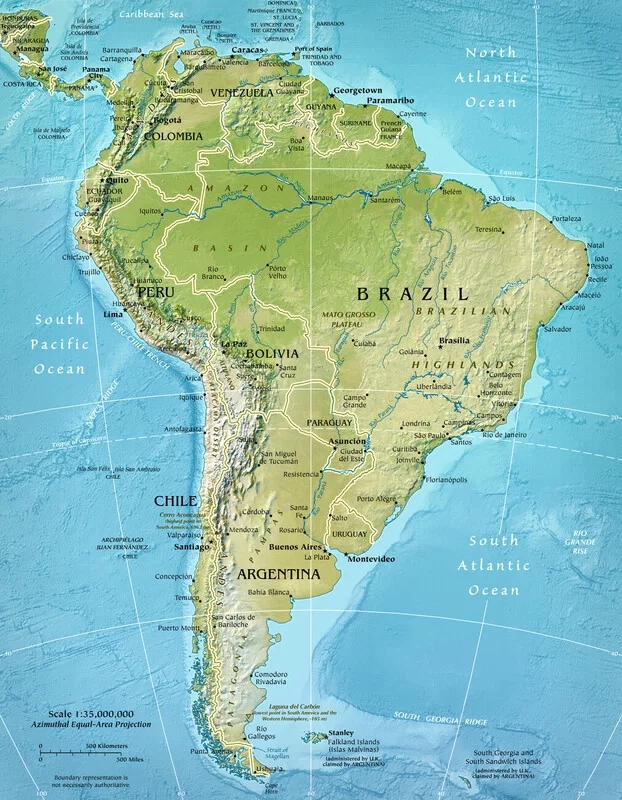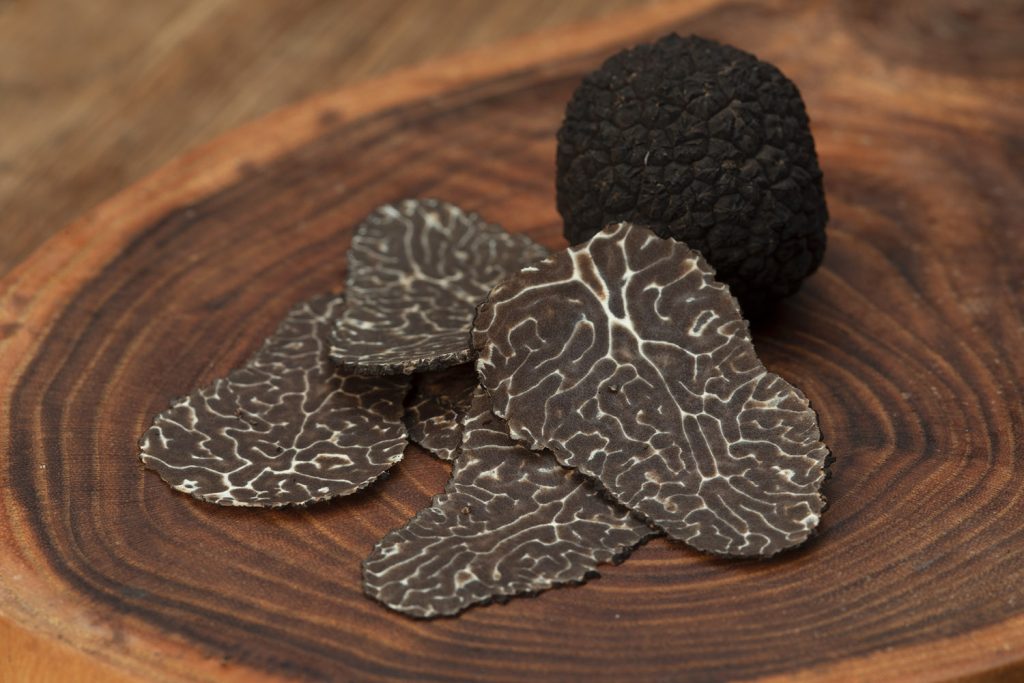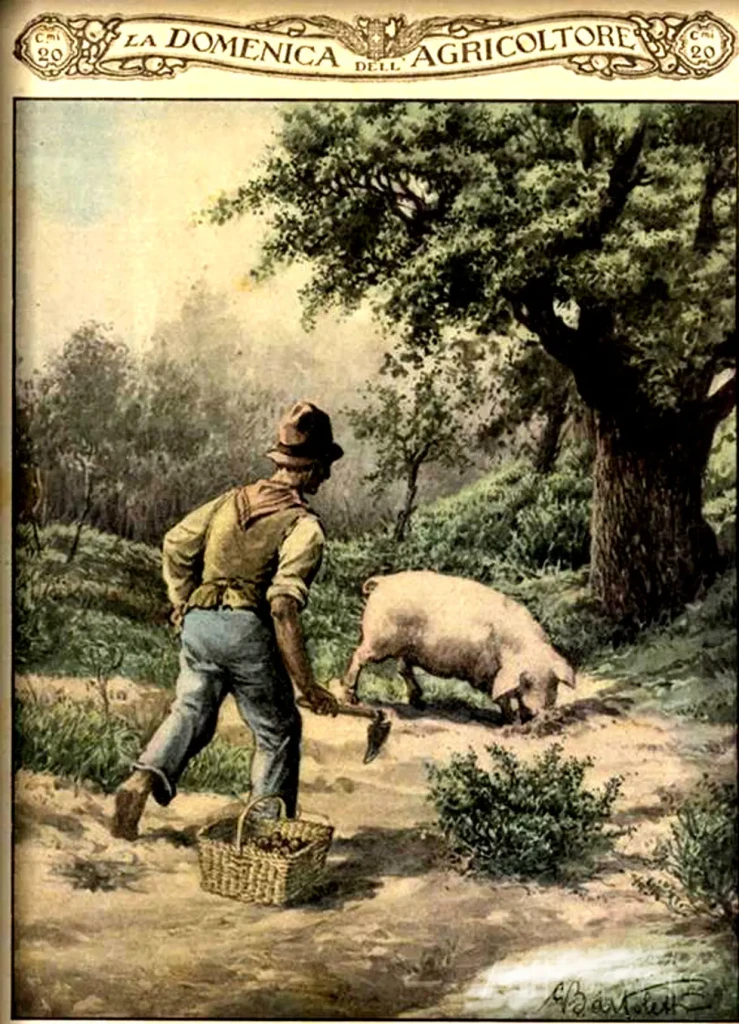Beneath the soils of the southern hemisphere, truffles are quietly plotting a gastronomic uprising. South America is a fascinating blend of scientific discovery, European species introduction, and bold agronomic experimentation, especially in Argentina and Brazil.
Which truffle species are found or cultivated in South America?
Introduced European species for commercial cultivation
Tuber melanosporum (Périgord black truffle)
• Tuber aestivum / T. uncinatum (summer truffles)
• Tuber borchii (Bianchetto)
• Tuber brumale (winter truffle)
These species are intentionally introduced using inoculated seedlings.
Native / regionally emerging species
Tuber floridanum confirmed in Brazil
• Truffle-like white species recorded in Uruguay and neighboring regions (e.g. T. maculatum identified through molecular studies)
The diversity suggests South America has both imported luxury species and its own mysterious fungal treasures still being studied.
Cultivation methods currently applied
Like a botanical matchmaking agency, growers pair truffles with their favorite trees:
• Mycorrhized seedlings
Oak, hazelnut, chestnut, and even pecan trees are inoculated with truffle mycelium in controlled labs. These become the backbone of plantation-style truffle orchards.
• Site and soil management
Well-drained, calcareous soils with careful pH control are essential. Irrigation and nutrient balancing help the truffle-fungus maintain dominance around the roots, forming the characteristic “brûlé” zone: the barren fairy ring signaling fungal power.
• Microbiome and genetic compatibility research
Scientists examine soil microbial communities and mating-type distribution of truffle strains to increase orchard success.
Plantation expansion trends in the last decade
Argentina vs. Brazil
Argentina
The last ten to twelve years show rapid expansion. Before 2010, truffle farming was barely more than a curious experiment. Today:
• Multiple commercial orchards exist
• Buenos Aires Province and Patagonia host 50+ hectare plantations
• Total planted area in the hundreds of hectares across the country
Argentina effectively went from zero to a full-grown truffle industry in a single decade, fueled by agribusiness enthusiasm for a high-value gourmet crop.
Brazil
Still in the experimental stage:
• Research projects focusing on native Tuber floridanum
• Pilot-scale pecan–truffle agroforestry trials
• Very limited commercial production so far
Brazil’s activity is driven more by universities and innovation centers than by large-scale investors. Growth exists, but on a modest scale compared to Argentina.
Key researchers, publications, and scientific contributions
A selection of relevant academic figures and works:
• Joice A. Freiberg et al.
Studies on Tuber floridanum in Brazil, including ecology and aroma profiling.
• F. Kuhar and collaborators
Molecular characterization of Tuber maculatum specimens in Uruguay.
• Ian Hall
Pioneer of southern hemisphere truffle cultivation methods; works on feasibility and progress in New Zealand, Chile, Argentina, and Brazil.
• Sergio Reyna / Spanish and global research networks
Reviews of global black truffle cultivation with southern hemisphere data included.
• Gregory Bonito and coauthors
Phylogenetic and biogeographical research on the Tuberaceae relevant to evolutionary origins in the Americas.







